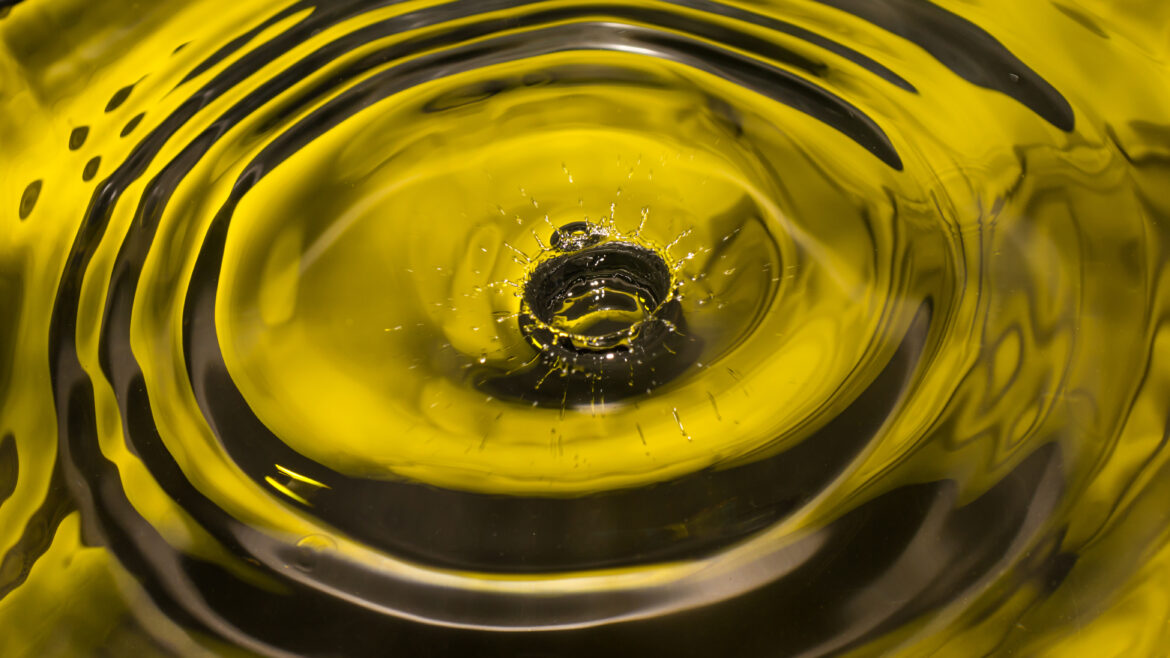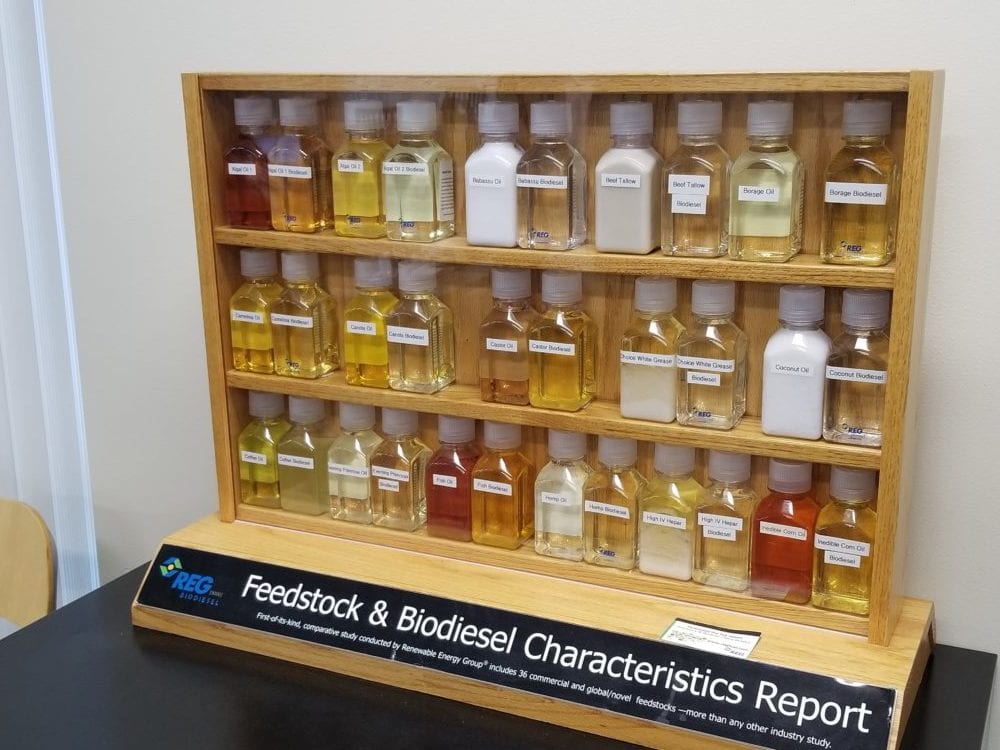BioDiesel Feedstocks – Borage Oil & Camelina Oil
This post continues our deeper look into different types of feedstock that Renewable Energy Group (REG) studied in 2009 in the Feedstock and Biodiesel Characteristics Report. Different feedstocks give the resulting B100 biodiesel different characteristics. This week’s two oils are Borage Oil and Camelina Oil. If you would like to learn more about some of the other feedstocks please visit the main page of feedstocks we have looked at so far.
Borage Oil
Borage oil comes from the plant, Borago officinalis, also known as starflower.  The starflower is easily grown in average, dry to medium moisture, well-drained soils in full sun to light shade. In addition this plant tolerates poor soils and drought. It is native to Mediterranean region and is an annual that will continue to propagate itself in a garden by reseeding. The plant grows to 2 to 3 feet tall and the flowers are commonly blue, although pink and white flowers are commonly cultivated. The flowering season is relatively long from June to September and in milder climates the starflower will bloom for most of the year.
The starflower is easily grown in average, dry to medium moisture, well-drained soils in full sun to light shade. In addition this plant tolerates poor soils and drought. It is native to Mediterranean region and is an annual that will continue to propagate itself in a garden by reseeding. The plant grows to 2 to 3 feet tall and the flowers are commonly blue, although pink and white flowers are commonly cultivated. The flowering season is relatively long from June to September and in milder climates the starflower will bloom for most of the year.
The leaves are edible and the plant is commercially cultivated for its oil. As a fresh vegetable it is said to have a cucumber-like taste and the flowers have a sweet taste. It has the highest value of γ-linolenic acid in any readily available specialty oil.


Camelina Oil
Camelina oil comes from the plant, Camelina sativa, a member of the mustard family and a distant relative to canola. It is an annual flowering plant that grows well in temperate climates and it also has the common names of gold-of-pleasure and false flax.  This flowering plant is native to Europe and Central Asian areas. Camelina plants grow from 1 to 3 feet tall, are heavily branched and produce seed pods with many small, oily seeds. Some varieties of camelina contain 38-40 % oil. Camelina can be grown in arid conditions and does not require significant amounts of fertilizer.
This flowering plant is native to Europe and Central Asian areas. Camelina plants grow from 1 to 3 feet tall, are heavily branched and produce seed pods with many small, oily seeds. Some varieties of camelina contain 38-40 % oil. Camelina can be grown in arid conditions and does not require significant amounts of fertilizer.
According to science direct:
“Camelina is adaptable to many different environmental conditions… Camelina an ideal crop for use on less productive lands and in areas without sufficient rainfall to support other crops. When produced under these circumstances, Camelina would not be displacing crops used for food production and positively addresses the food for fuel debate that often plagues the use of crop oils for fuel production.”
Camelina only requires a short growing season and they are fast growing. In 2009, the Navy purchased 40,000 gallons of jet fuel derived from camelina.
The oil is high in omega-3 fatty acid. This makes the oil great for biofuels and the resulting leftover meal a good option for livestock feed. Other uses for this plant consist of the oils being used in cosmetics, burnt in lamps, and herbal medicine. The seeds are edible and can be eaten raw in salads or mixed with water to create an egg substitute.


Next weeks biodiesel feedstocks are Algae Oil and Canola Oil.











 Oregon law has a 5% Biodiesel and 10% Ethanol fuel blend mandate.
Oregon law has a 5% Biodiesel and 10% Ethanol fuel blend mandate.



